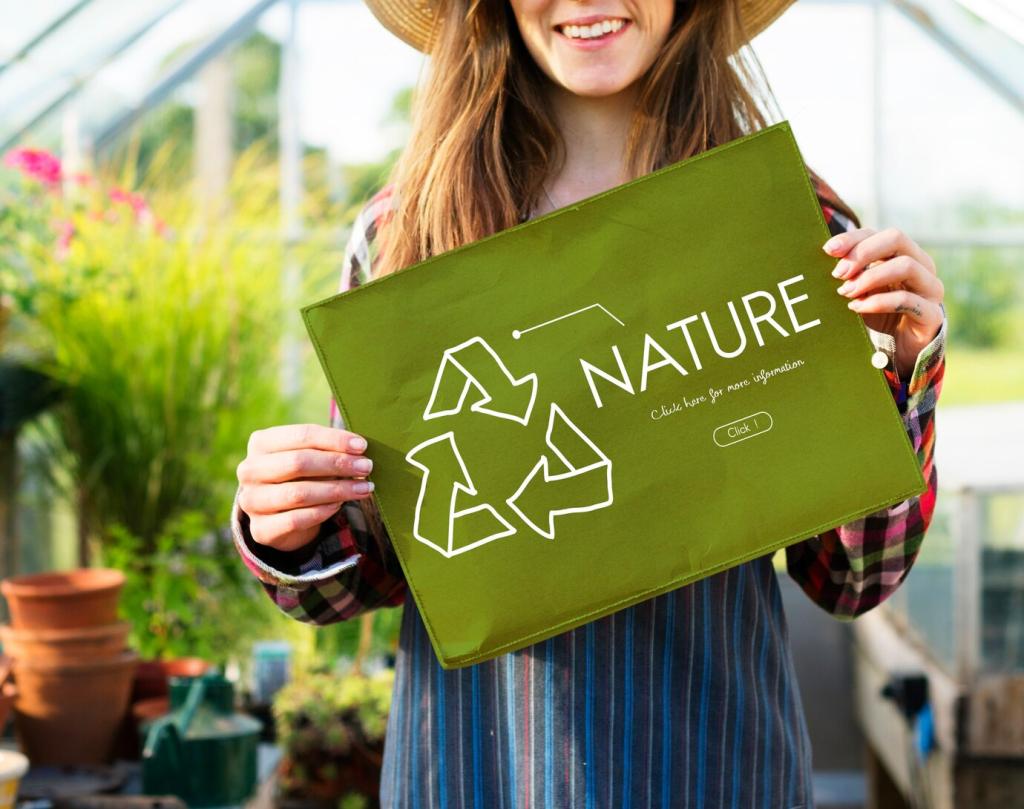Data-Driven Eco Copy: Testing and Metrics
Track impact-adjacent goals: pledge completions, repair workshop sign-ups, refill rates, or transit pass activations. Pair them with engagement metrics—open rate, click-through, dwell time—to see which messages actually move behavior, not merely generate impressions.
Data-Driven Eco Copy: Testing and Metrics
Test verbs, frames, and proof points. “Start” versus “Join.” “Protect” versus “Restore.” Add a cost-saving angle or a neighbor norm cue. Document learnings, not just winners, so your next draft begins smarter. Small lifts compound into serious outcomes over time.







